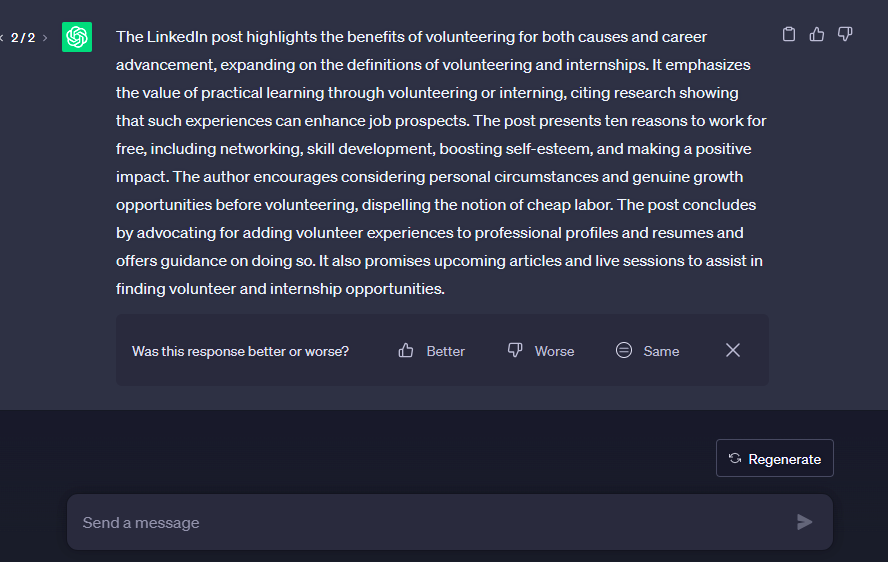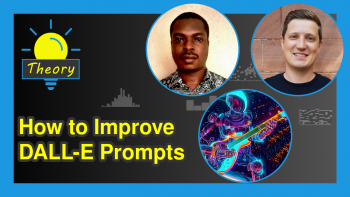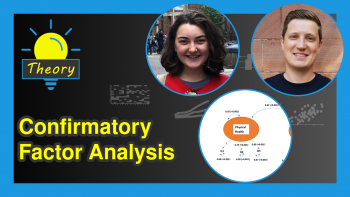LinkedIn Post Summary Using ChatGPT (2 Examples)
As a large language model that has been trained on billions of text data, ChatGPT can be used to perform a host of natural language processing tasks, including text summarization.
Therefore, in this tutorial, we will demonstrate how to use ChatGPT to summarize LinkedIn posts.
Here is an overview:
Let’s get right into the discussion!
Example LinkedIn Post
Below is the LinkedIn post we are going to summarize. You can find the article here:
10 Reasons Why You Should Volunteer
Whether you’re volunteering for a cause or a job, volunteering has many benefits for professionals.
Cambridge Dictionary defines volunteering as offering “to do something that you do not have to do, often without having been asked to do it and without expecting payment”. Often, volunteering is associated with causes’ people are passionate about but it goes beyond that.
Bringing it closer to the context of work, volunteering means working for an organization without being paid. Internship, on the other hand, means to learn a trade or profession for a specific period which is sometimes paid or unpaid.
Either volunteering or interning, the focus is to invest your time in practical learning. Evidence shows that volunteering/interning pushes you a step further and places you ahead of the competition. According to research by Linkedin, 1 in 5 Hiring Managers said they have hired candidates because of their volunteer experience.
So should you work for free if you can? I say, Yes! And here are 10 reasons why:
1. You meet people, you build new professional connections, you grow your social capital.
2. You gain fresh perspectives and learn more about business and trends. You stay ahead.
3. You learn new skills and you boost your professional profile.
4. You get to test run your passion, career or profession and make evidence-based career decisions.
5. You gain free hands-on experience, you build competence which prepares you for better opportunities. Employers are interested in what you have done I.e. your track record.
6. Volunteering prepares you to earn big. When you learn, you improve your earning potential and your chances of getting hired fulltime.
7. You build your self-esteem. You gain more confidence and clarity about your career, specific industries or the workplace in general.
8. You serve humanity. You contribute to championing something you love. You make real impact.
9. You overcome feelings of sadness and depression that come with being unemployed or not having a fulfilling career.
10. You discover a whole new you. New insights to talents and gifts you didn’t even know you had
Before taking up volunteer opportunities, consider your career journey and personal circumstances. Think through the conditions, timing, location, resources required and benefits. Some people often think volunteering is a mean attempt at cheap labour. There are genuine opportunities that truly help people learn and grow. I say volunteering is worth it, I have volunteered for work, causes and projects that helped shape my career. If volunteering works for you, by all means, go for it. You have more to gain and nothing much to lose.
When you volunteer, be proud you did. Add your volunteer experience to your professional profile. Add them to your resume and your LinkedIn profile. When adding on LinkedIn, add them under the Experience section or the Volunteering section. If you are adding under the Experience section, be sure to indicate they were volunteering opportunities.
Are you struggling to find volunteer or internship opportunities? Keep your eyes on my upcoming articles and live streaming sessions where I will be teaching you how to find utilize those opportunities.
We could have used ChatGPT to create the post, but we preferred to use human-generated data for this tutorial. Let us now demonstrate how to summarize the LinkedIn post using ChatGPT.
Example 1: Summarize LinkedIn Post Using Few-Shot Prompting
In this first example, we will use a prompting technique called few-shot prompting to summarize the LinkedIn post.
First, we have to copy and paste the LinkedIn post to the ChatGPT prompt. Next, we have to add our summary instructions at the bottom of the prompt. In our example, we use the instruction below.
Prompt:
Summarize the LinkedIn post above as one paragraph. Return two different summaries of the post. Follow the pattern below:
Summary 1: [text]
Summary 2: [text]
Result:

Using few-shot prompting, a technique where you give a large language model more than one guidance example, we were able to get ChatGPT to return two different summaries of the LinkedIn post.
In the next example, we will use another technique known as zero-shot prompting to summarize the LinkedIn post.
Example 2: Summarize LinkedIn Post Using Zero-Shot Prompting
Zero-shot prompting, as the name suggests, is a technique where you do not give a large language model any example to guide its response. You only just give it an instruction to follow.
Let us see that at work in this next example.
Prompt: “Summarize the LinkedIn post above as one paragraph. Make sure to capture the main points in the post in your summary”
Result:

As you can see, ChatGPT has summarized the LinkedIn post following the instruction we passed to it. You can always tweak and run several iterations of the prompt if you are not satisfied with the output.
Video, Further Resources & Summary
Do you need more explanations on how to summarize LinkedIn posts using ChatGPT? Then you should have a look at the following YouTube video of the Statistics Globe YouTube channel.
In the video, we explain how to summarize LinkedIn posts using ChatGPT.
The YouTube video will be added soon.
Furthermore, you could have a look at some of the other interesting ChatGPT-based tutorials on Statistics Globe:
- Best ChatGPT Prompts (7 Examples)
- Best ChatGPT Prompts for Writing A Resume (4 Examples)
- Best ChatGPT Prompts for Writing A Cover Letter (5 Examples)
- Best ChatGPT Prompts for Marketing (5 Examples)
- How to Use ChatGPT for Coding (Examples)
- Introduction to Python Programming
This post has shown how to summarize LinkedIn posts using ChatGPT. There are other text summarization use cases of ChatGPT that we will explore in this series. So, be sure to keep an eye out for them on this website.
I hope you enjoyed reading this tutorial! In case you have further questions, you may leave a comment below.
This page was created in collaboration with Ifeanyi Idiaye. You might check out Ifeanyi’s personal author page to read more about his academic background and the other articles he has written for the Statistics Globe website.







